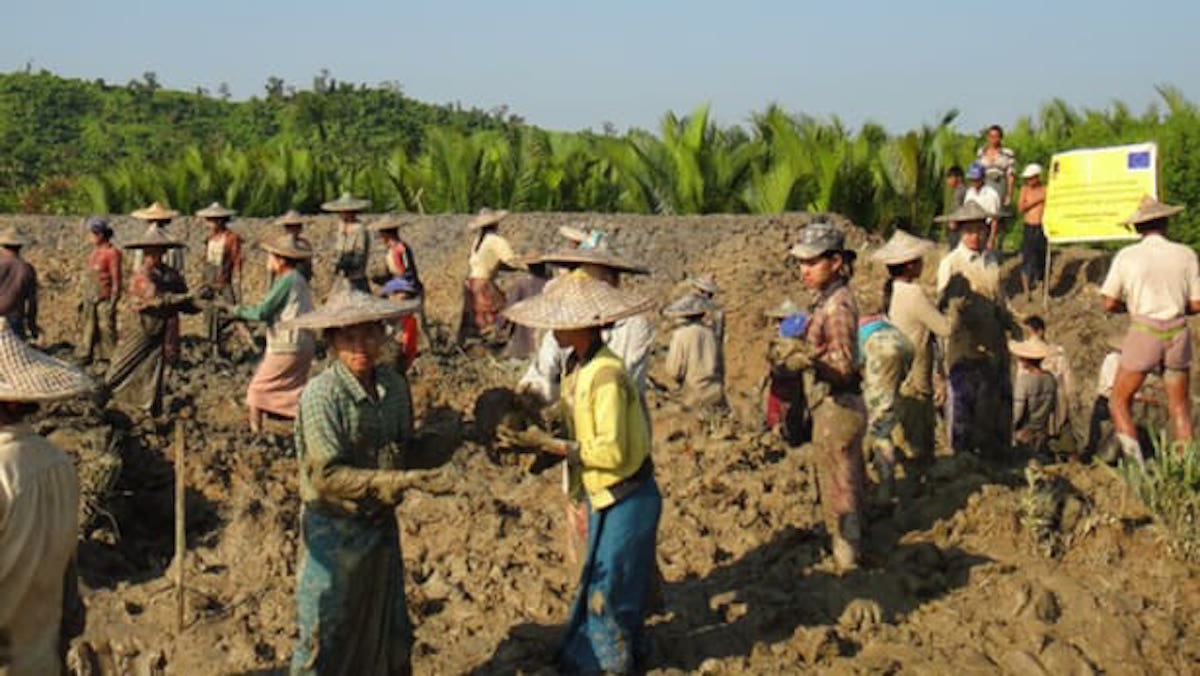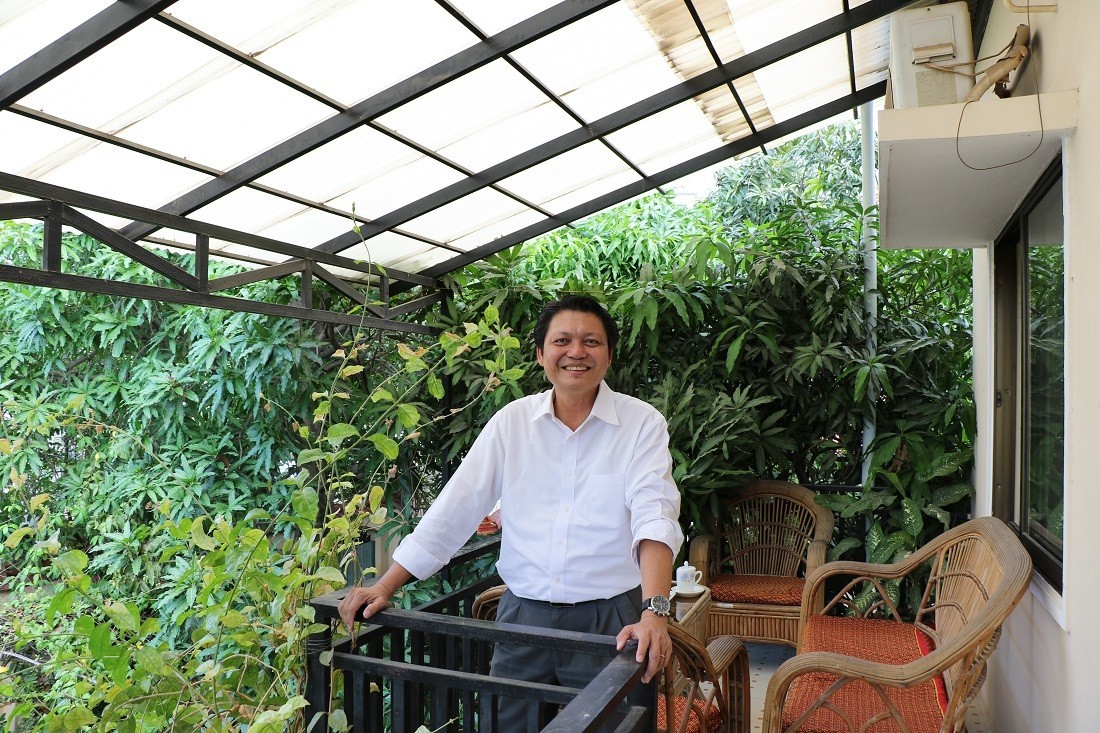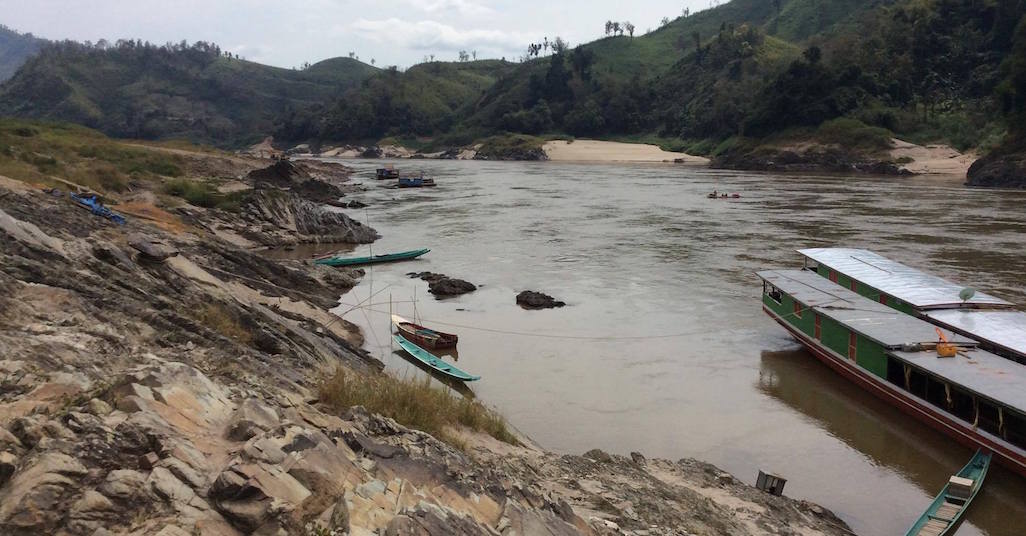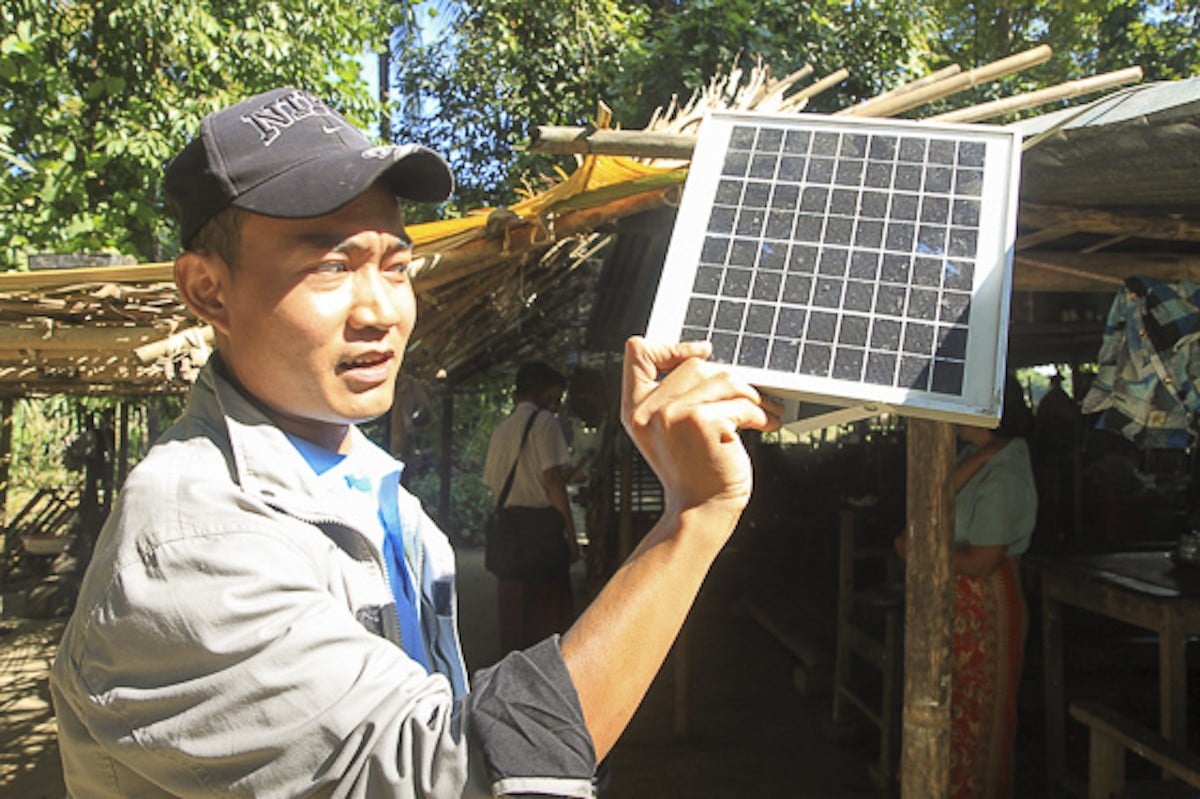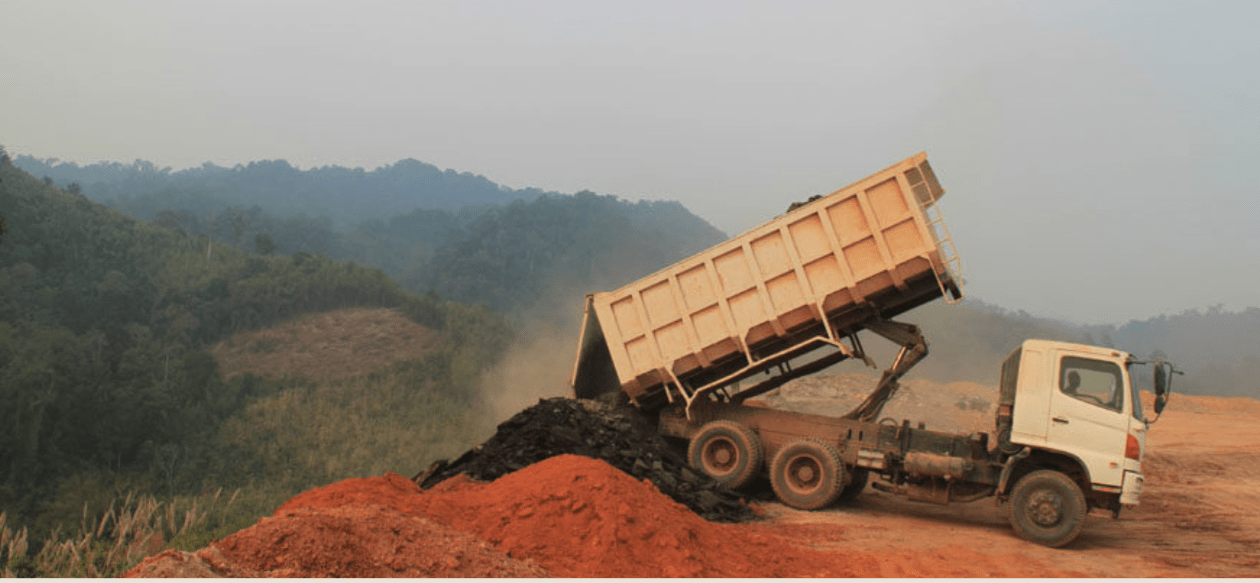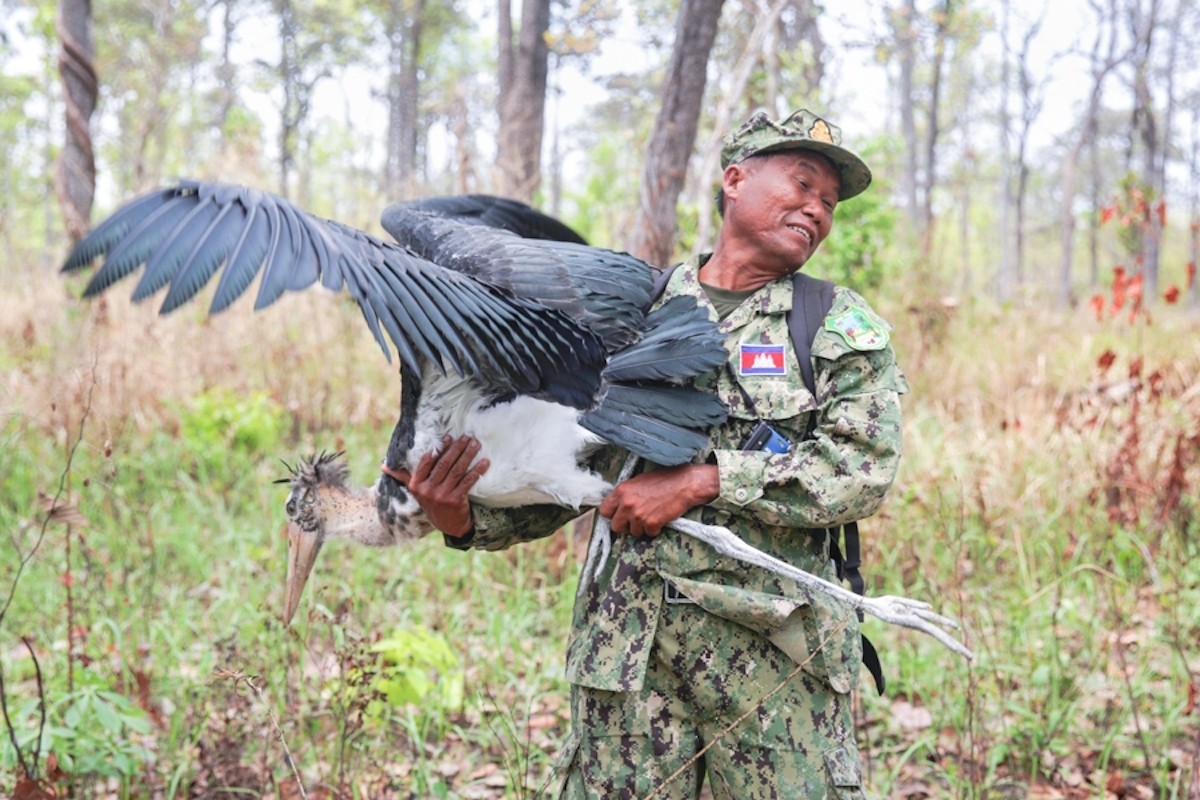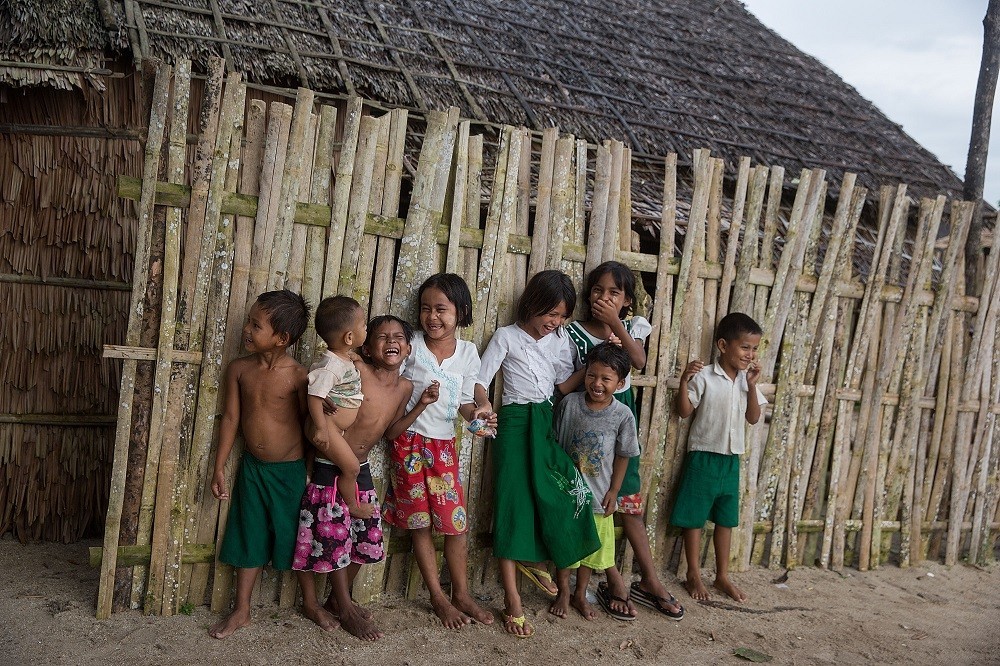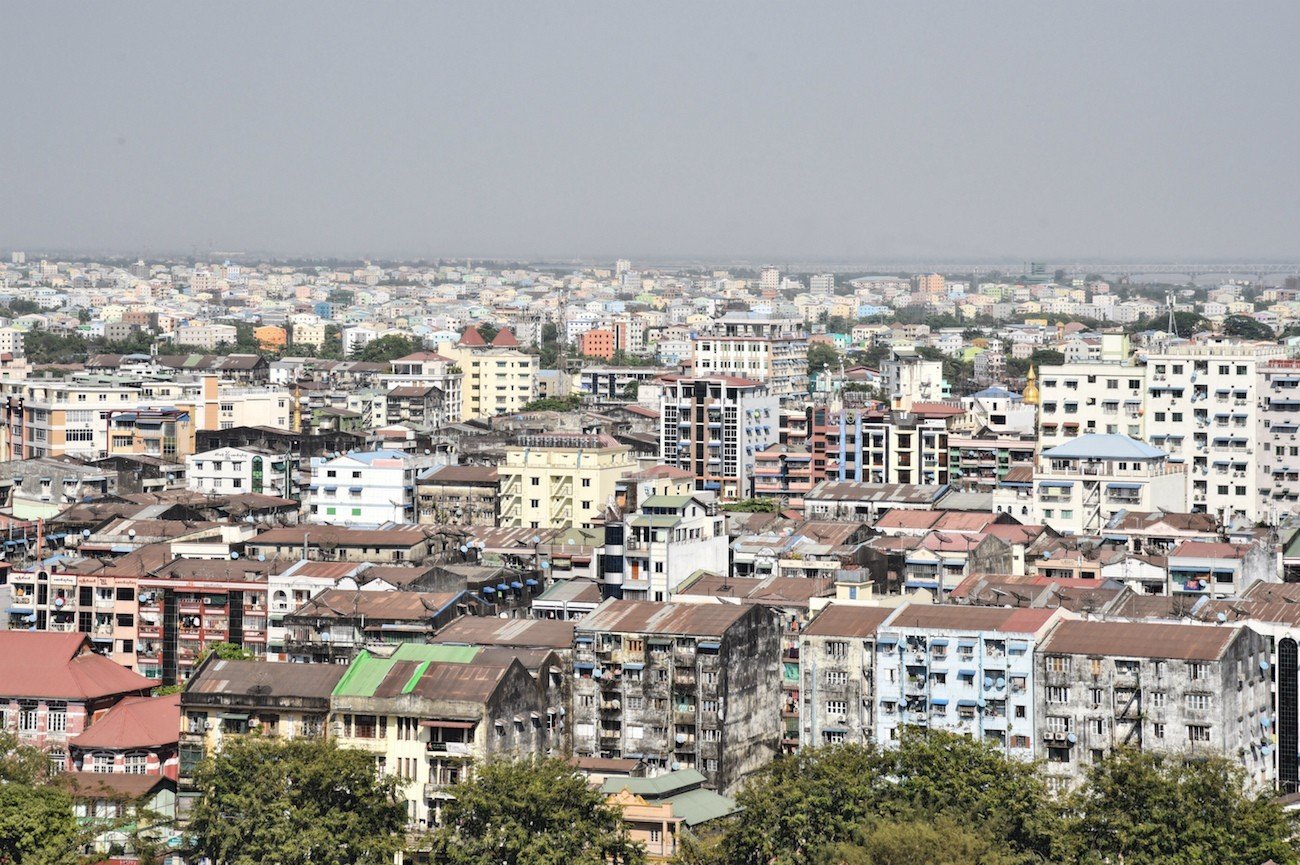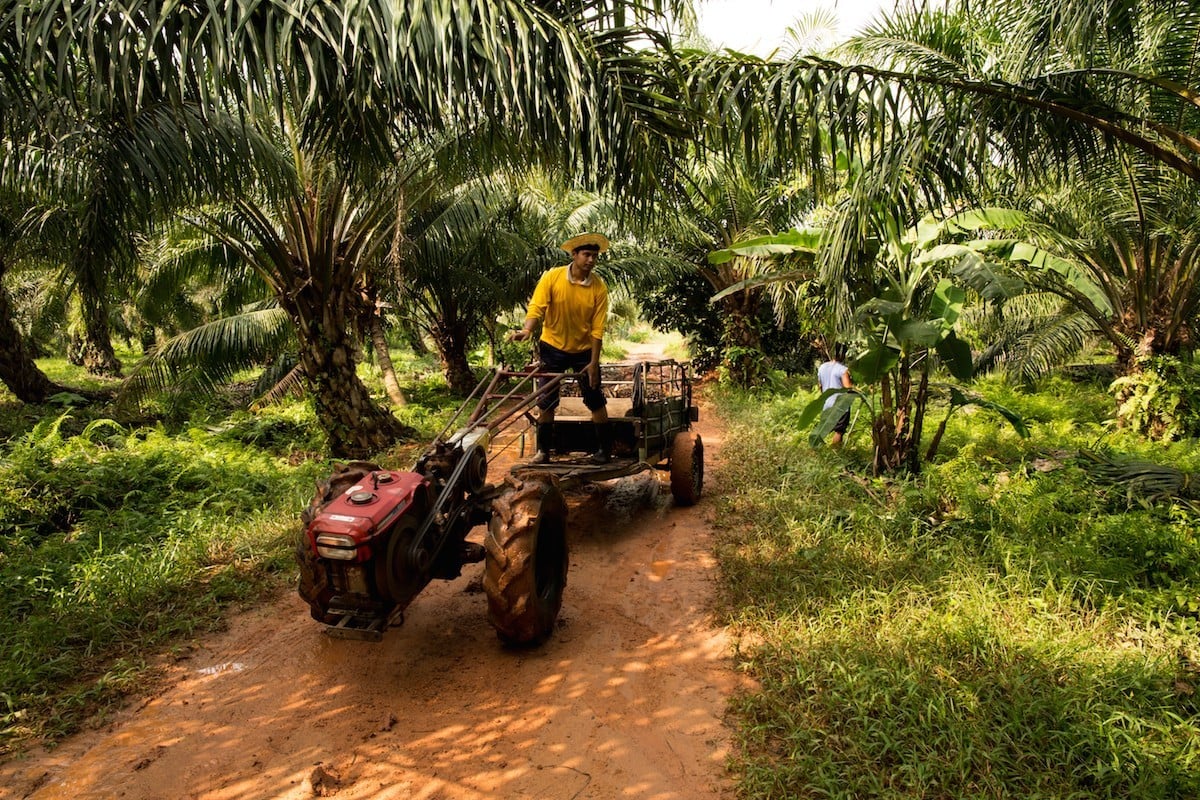Myanmar’s national government and some international development groups are adopting different but complementary approaches to tackling climate change.
Category: Region
Selected environmental stories from media outlets in the Mekong region and beyond.
Study Shows Impacts of ELCs on Forest and Livelihoods
While ELCs do have some positive impacts, like employment opportunities, new technologies, access to health and improved infrastructure, the negative impacts outweigh these and local communities as well as forest and wildlife are threatened by loss of land, culture and traditions.
Joint panel discusses prior consultation process for Pakbaeng dam
Delegates from Cambodia, Laos, Thailand and Vietnam met yesterday at the second meeting of the Joint Committee Working Group (JCWG) on the procedures for notification, prior consultation and agreement (PNPCA) for the Pakbeng hydropower project.
China’s climate aid flows into Myanmar
A Chinese NGO is bringing solar power and clean cook stoves to villages in Myanmar.
World Bank Financing Arm Under Fire Over Burmese Coal Mine Link
The World Bank’s private sector lending arm, the International Finance Corporation, which gives financial assistance to businesses that invest in the developing world, has come under criticism in a new report over its connection to a controversial coal mining operation in Tenasserim Division.
Protected birds come under threat
A protected bird species has come under renewed threat after land-grabbers invaded Preah Vihear province’s Kulen Promtep Wildlife Sanctuary and destroyed their habitat.
Enormous Fish Make One of the World’s Largest Migrations
Billions of fish make an annual trek through the rivers of Southeast Asia, supporting millions of people. Yet scientists still don’t know much about them.
Guidelines on Public Participation in EIA in the Mekong Region are now available
The Guidelines on Public Participation in Environmental Impact Assessment (EIA) in the Mekong Region have been developed to address the shared concern for increasing meaningful public participation in development planning, in the context of increasing investment projects across the Mekong region.
ASIA’S FUTURE CITIES: New buds of growth for Yangon’s ‘green movement’
The notion of starting a “green” business in Myanmar is still an unconventional one in 2017. Some of those pushing it will admit some of the vision is utopian, but important to pursue anyway.
As Thailand Ramps Up Its Palm Oil Sector, Peat Forest Feel the Pressure
Thailand is aiming to increase its domestic palm oil production 50 percent over the next nine years while at the same time trying to reclaim encroached peat forest from smallholders.


